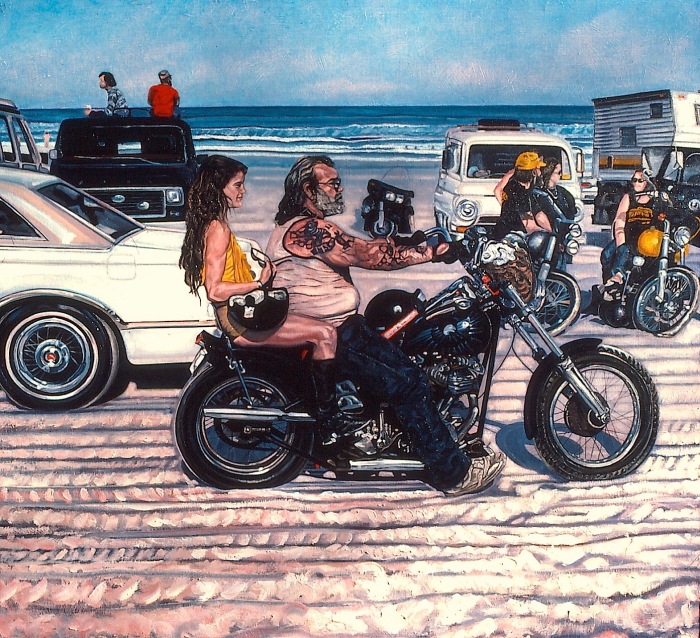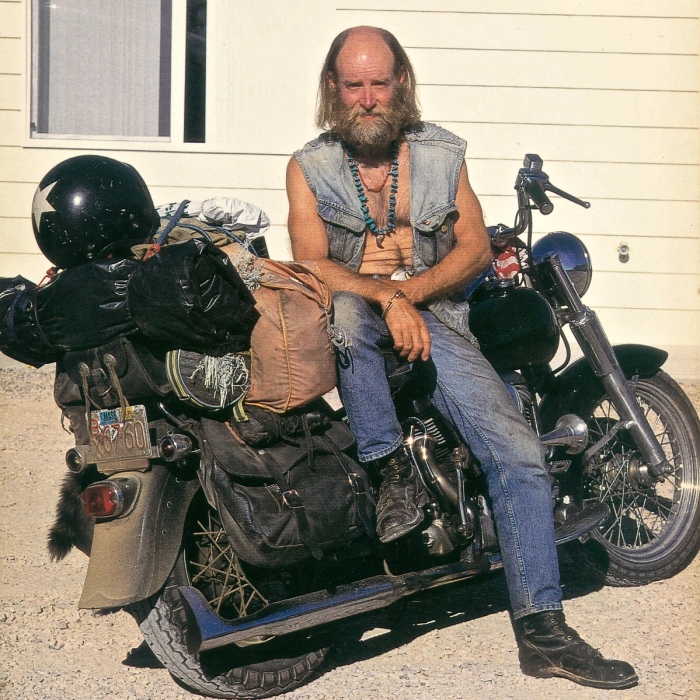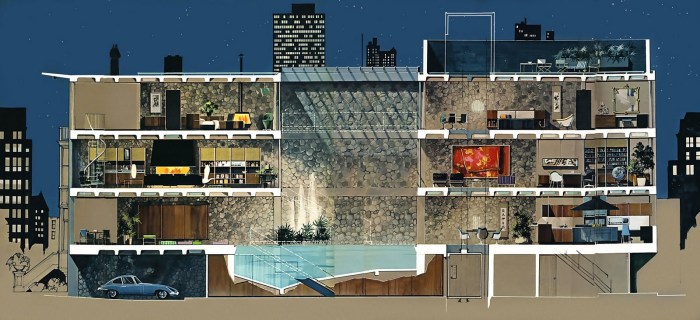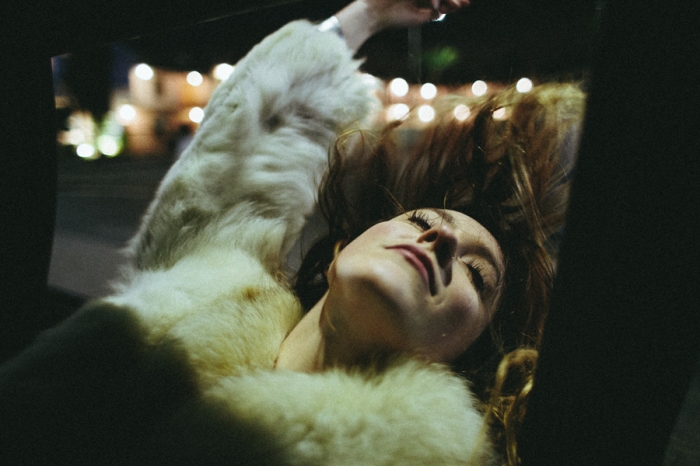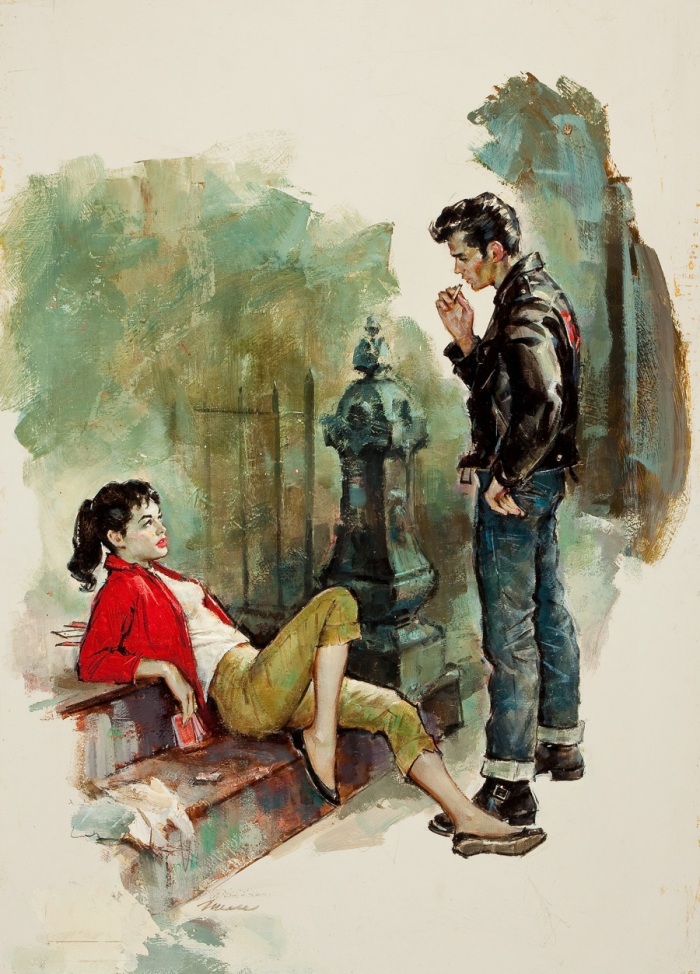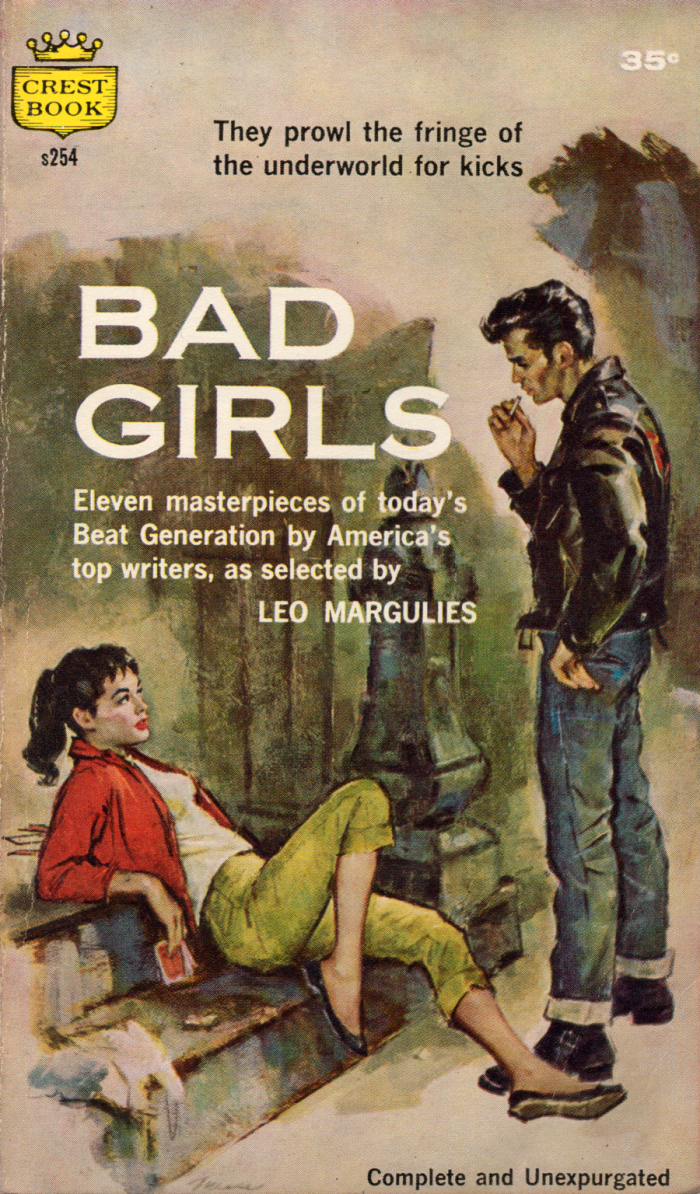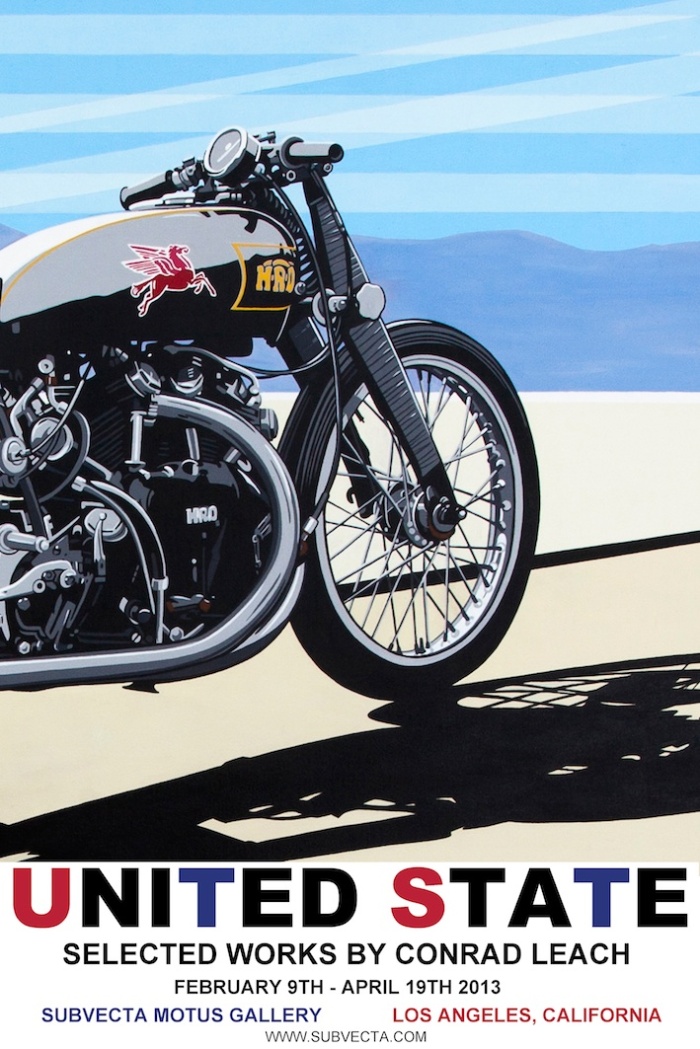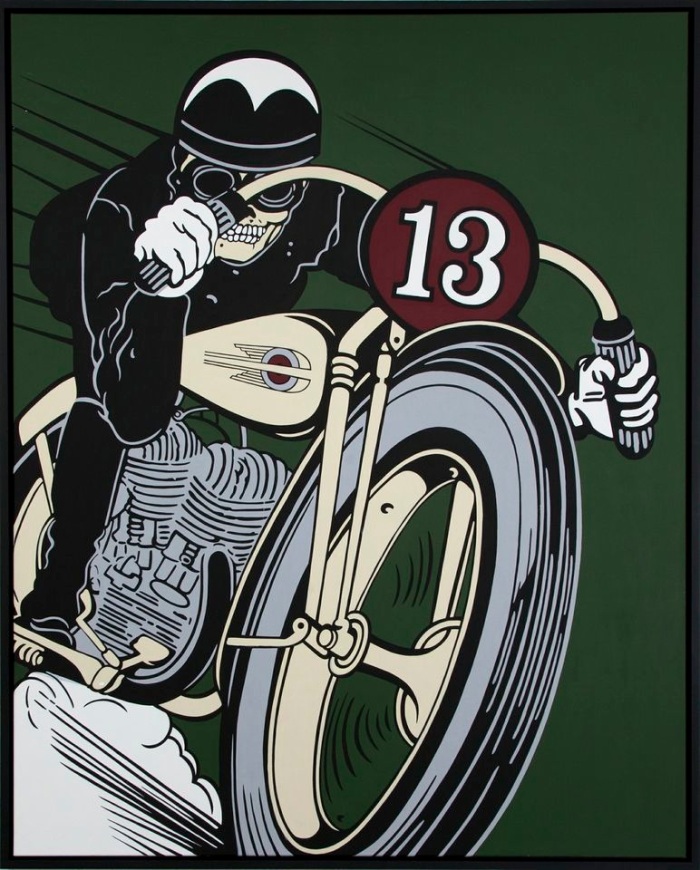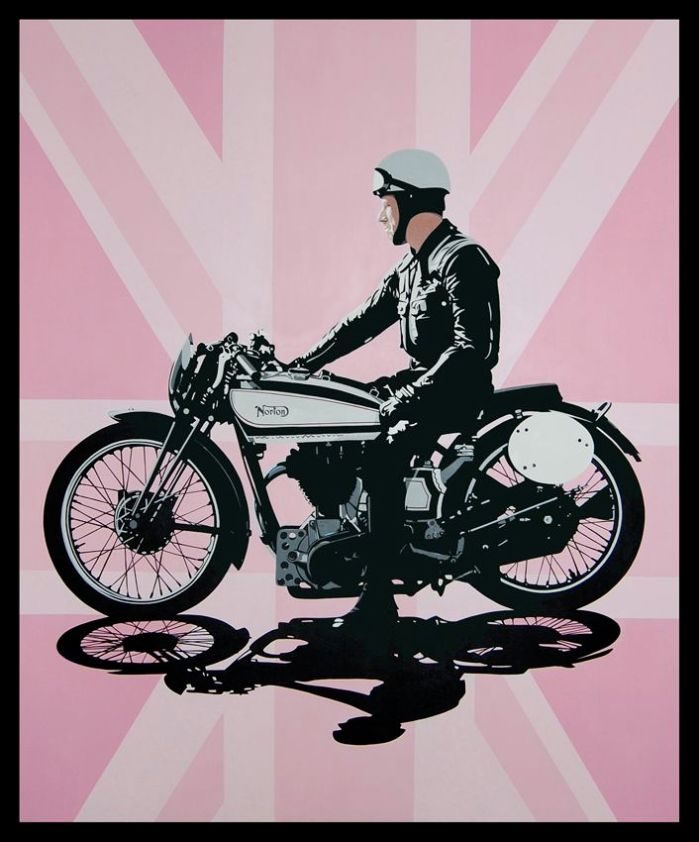Funny how often we automatically assume that long-standing, famous couples must be deeply devoted, madly in love, and happier than a couple of pigs in slop. Sometimes, like in the case of Salavador Dali and his wife Gala– what looked like love may have been a case of shared sins and “the devil you know”… I found this juicy tell-all on the couple written for VF some 15 years ago that made my own mustache curl on end… I even had to omit a few bits that were just too much. Let’s just say, it seems that they deserved each other– neither of them seem exactly easy, let alone pleasurable, to be with.
–
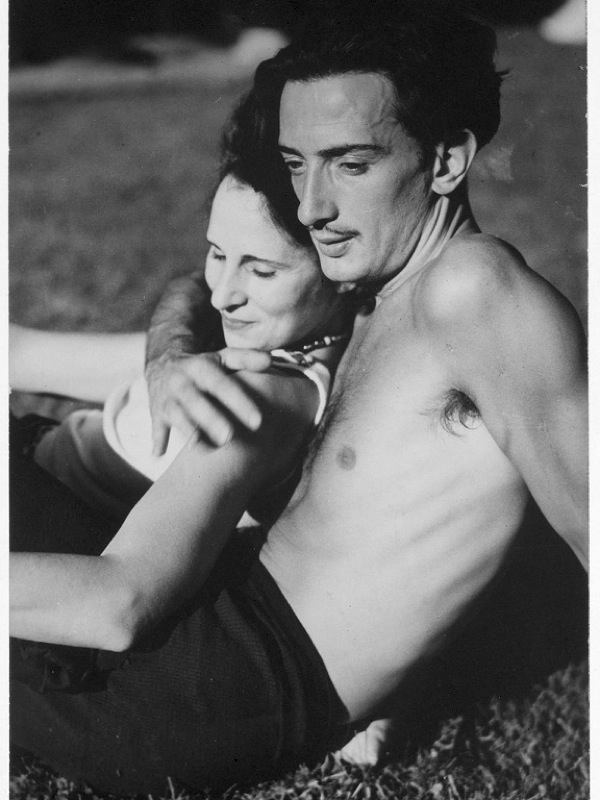
ca. 1930– Salvador Dali and Gala in Port Lligat, a fishing village near Cadaques, before they married. When they met in 1929 Gala was still married to the poet Paul Eluard, and she quickly began an affair with Dali, who was around ten years her junior. After marrying Dali, she and Eluard continued their intimate relationship. “Letters to Gala” is the published collection of Eluard’s raw, twisted, and emotional letters to Gala that expose the powerful grip she held on him.
–
DALI’S DEMON BRIDE
When Surrealist master Salvador Dali met Gala Devulina in 1929, the 25-year-old artist found a poisonous muse who defined decadence and outdid him in sexual perversity.
By John Richardson, Vanity Fair, 1998
That Salvador Dali fell victim to his Russian wife Gala’s lust for domination is no longer a matter of conjecture. Ian Gibson, in an eye-opening biography of the artist that Norton will publish here this month, comes up with some terrifying new facts, which reveal in more detail and depth than ever before how and why this quintessential Surrealist—the master of the soft watches—allowed himself to be destroyed by one of the nastiest wives a major modern artist ever saddled himself with.
I can testify to the accuracy of Gibson’s account. In the early 1970s I was a vice president of M. Knoedler & Co., Dali’s dealers. One of my responsibilities was keeping the artist to the terms of his contract at a time when his eye was so bleary and his hand so shaky that assistants had taken over his more arduous work. I could not help feeling sorry for the seedy old conjurer, with his rhinoceros-horn wand, leopardskin overcoat, and designer whiskers, not to mention his surreal breath. The Wizard of Was, as someone called him, was all patter and very little sleight of hand. His virago of a wife and the creepy, conniving courtiers in charge of his business had reduced Dali to a mere logo, a signature as flamboyant as his mustache.
–
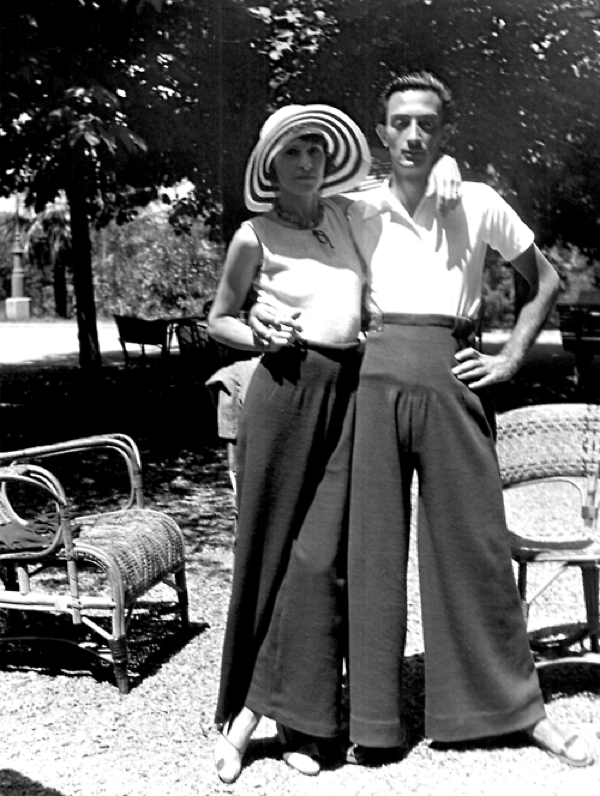
ca. 1930– Salvador Dali and Gala in Port Lligat, a fishing village near Cadaques, before they married. Dali was reportedly a virgin when they met, who feared female private parts, and in a very close relationship with the poet Federico Garcia Lorca. There are differing opinions on whether it was a gay love affair– some say it was, while others claim Dali rebuffed Lorca’s sexual advances. Reports are also that what Dali really got off on was candaulism.
Continue reading →
